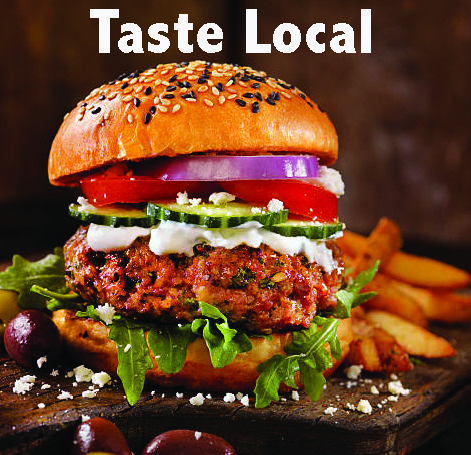 Hundreds of animals die on Highway 3 every year: RoadWatchBC’s new report proposes safer wildlife crossings
Hundreds of animals die on Highway 3 every year: RoadWatchBC’s new report proposes safer wildlife crossings
Two-hundred and forty dead large animals are removed from Highway 3 through the Elk Valley every year, according to a new report from RoadWatchBC that identifies ten key locations along the highway for future wildlife crossing infrastructure to keep drivers and wildlife safe.
“As a society, we need to find creative ways to coexist with wildlife. This report lays out a blueprint for keeping people and wildlife safe on Highway 3,” said Dr. Clayton Lamb of the South Rockies Grizzly Bear Project and one of the authors of the report.
With moose and elk populations in the East Kootenays declining by half in the last decade, plus research from Dr. Lamb showing many grizzly bears are meeting their end in the Elk Valley every year, RoadWatchBC took on the task of working with the local community, government and industry to prioritize the top sites for wildlife over- and underpasses that would allow wildlife to cross the highway safely.
“Even beyond human and wildlife safety, investments in fencing and wildlife crossings are often cheaper than paying for collisions. Building wildlife crossings would be a clear win for people and wildlife in southeast BC,” said Dr. Lamb.
Using location data from animal carcasses, from RoadWatchBC’s app that recorded animal observations from the public, along with GPS collar data from elk and grizzly bear, the researchers identified 25 locations for potential wildlife crossing infrastructure, then narrowed the list down to 10 top priority sites based on the potential to reduce wildlife deaths and to improve driver safety, combined with an assessment of cost and feasibility.
“Based on recent research, we found that for every dead animal removed from the highway, one or two more are hit on the road, but manage to travel a short distance before dying,” said another of the report’s authors, Tracy Lee of the Miistakis Institute, “so the real number of large animals dying along Highway 3 in the Elk Valley could be more than double the 240 recorded as roadkill every year.”
“For example, three of our radio-collared grizzly bears have been struck and killed by vehicles, yet none were reported to the government. These animals ended up dying just off the highway,” added Dr. Lamb.

A visit to a bridge on Highway 3 to assess its potential as a low-cost wildlife crossing to allow animals to safely pass under the highway.
Most of the 10 priority crossing sites, which are between Alexander Creek, halfway between the Alberta border and Sparwood, and Jaffray, would use existing bridges or new underpasses, in combination with fencing along the highway to drive wildlife towards the new crossings. The combination of wildlife crossings with fencing used by Parks Canada in the Bow Valley has resulted in a reduction in wildlife deaths of 80%.
“The Elk Valley is so important for wildlife connectivity along the Rocky Mountains, especially for bears, wolverines and other wide-ranging creatures moving between the US and Canada,” added Dr. Lamb, “and Highway 3 adds significant risk for wildlife moving back and forth across the valley.”
Dr. Lamb’s GPS-collar data from grizzly bears in the area shows that adding safe wildlife crossings at some of the priority sites could make life a lot easier for grizzlies in the Elk Valley. With grizzly bear populations only able to connect across the US border in two corridors into Canada, along the Rockies and the Purcell Mountains, safer travel for grizzly bears in the Elk Valley could help bear populations across the continent.
“With the ten top priority sites for wildlife crossings ranked in this report, it’s time for the BC Government to step up and get to work on keeping our wildlife—and drivers—safe along Highway 3,” said Wildsight’s Randal Macnair. “In the long-run, wildlife crossings don’t just keep animals safe, they are a sound investment that will pay for itself in lower insurance costs for all of us.”
RoadWatchBC is a collaboration with Wildsight, the Yellowstone to Yukon Conservation Initiative and the Miistakis Institute and would like to thank the Vancouver Foundation, Teck, Patagonia and the Chawkers Foundation for supporting their work.
Photos: Wildsight/Randal Macnair


























